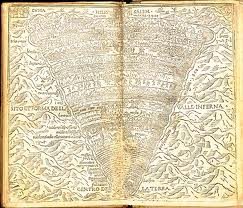The characteristics of water are as I said relatively unique. The fact that it is at its heaviest at +4 degrees Celsius is one reason for the formation of the Gulf Stream .
The Gulf Stream is a crucial part of Earth's complex system of air and water currents. It brings the hot water from the area around the Gulf of Mexico , which has given it its name all the way up to the waters east of Grönland. On it’s way north in the Atlantic sea it passes the North west coast of Africa , British Isles , west coast of Norway Iceland
Once up in the Arctic the stream is cooled off. The lower temperature means that the water may have get higher salinity. Low temperatures and high salinity increases the density of the water and it begins to sink. When the water sinks towards the bottom it creates space for new water on the surface and presto, we have one of the driving forces behind the formation of the current.
More will come

































